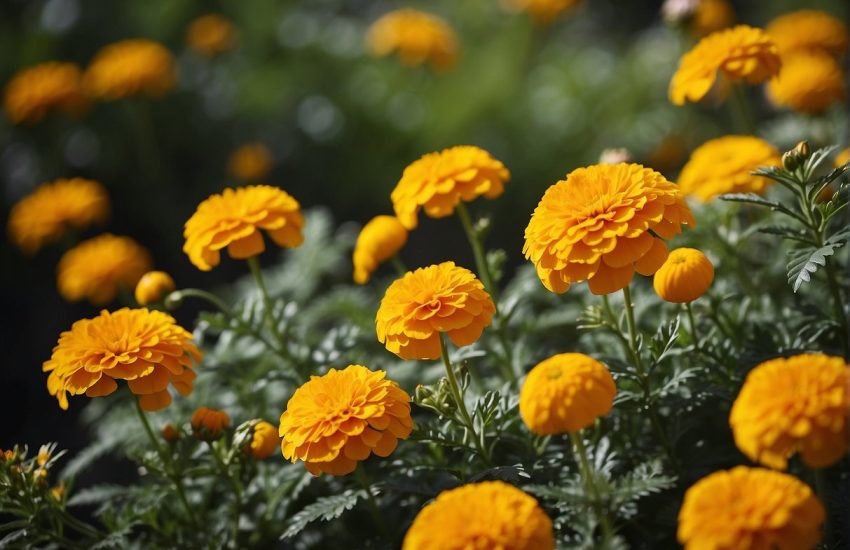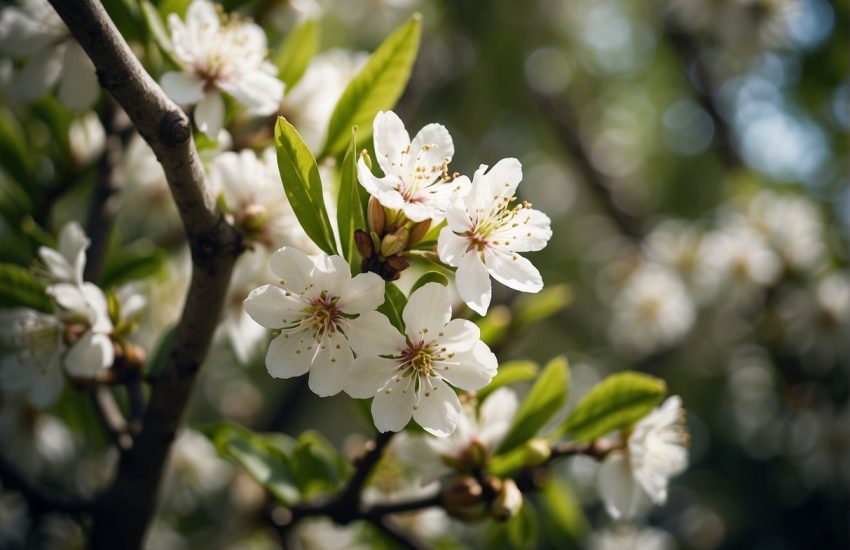Growing Zone Asheville NC: Understanding Plant Hardiness in the Mountains
Asheville, North Carolina is known for its beautiful landscapes and lush greenery. The city’s climate is ideal for gardening, making it a popular destination for those who enjoy growing their own fruits, vegetables, and flowers. However, before planting anything, it’s important to understand the growing zone in Asheville.

The USDA Hardiness Zone is a system used to determine which plants are most likely to thrive in a specific geographic area. Asheville falls within Zones 6b and 7a, which means that the average minimum temperature ranges from -5 to 5 degrees Fahrenheit. This information is crucial for gardeners, as it helps them choose plants that can withstand the local climate.
Understanding the growing zone in Asheville is essential for anyone looking to start a garden in the area. By selecting plants that are well-suited to the local climate, gardeners can increase their chances of success and enjoy a bountiful harvest. Whether you’re a seasoned gardener or a beginner, taking the time to research the growing zone in Asheville is the first step towards a thriving garden.
Understanding USDA Hardiness Zones
Asheville’s Climate and Zone Classification
Asheville, North Carolina, is located in USDA Hardiness Zone 7a, which is characterized by an average annual extreme minimum temperature of 0 to 5 degrees Fahrenheit (-17.8 to -15°C). The climate in Asheville is generally mild, with four distinct seasons and an average annual temperature of 57.5°F (14.2°C). The city’s elevation ranges from around 2,000 to 2,500 feet (610 to 762 meters) above sea level, which can have an impact on local climate and growing conditions.
Interpreting the USDA Hardiness Zone Map
The USDA Plant Hardiness Zone Map is a useful tool for gardeners and growers to determine which plants are most likely to thrive in a particular area. The map is divided into 13 zones, each representing a range of average annual extreme minimum temperatures. Zone 1 is the coldest, with an average minimum temperature of less than -50°F (-45.6°C), while Zone 13 is the warmest, with an average minimum temperature of above 60°F (15.6°C).
It’s important to note that the USDA Hardiness Zones are not the only factor to consider when selecting plants for a garden or farm. Other factors, such as soil type, moisture levels, and sunlight exposure, can also have a significant impact on plant growth and health.
In conclusion, understanding the USDA Hardiness Zones can be a helpful starting point for selecting plants that are well-suited to a particular climate and growing conditions. By taking into account other factors such as soil type and sunlight exposure, growers can increase their chances of success and create thriving gardens and farms.
Planting and Gardening in Asheville

Asheville, NC is located in USDA Hardiness Zone 7a, which means the area experiences an average minimum temperature range of 0 to 5 degrees Fahrenheit. This makes it important for gardeners in the area to select plants that are suitable for the local climate.
Selecting Suitable Plants for the Local Climate
When selecting plants for their garden, gardeners in Asheville should consider the zone hardiness of the plant, the amount of sunlight exposure the plant requires, and the moisture levels of the soil. Some suitable plants for the Asheville area include Black-Eyed Susan, Coneflower, and Daylilies.
Maximizing Garden Potential Through Microclimates
Gardeners in Asheville can maximize their garden potential by creating microclimates within their garden. Microclimates are small areas within a garden that have different growing conditions than the surrounding area. For example, a garden bed that is located on the south side of a house will receive more sunlight and be warmer than a garden bed that is located on the north side of the house. Gardeners can use this to their advantage by planting heat-loving plants in the warmer microclimate and cool-loving plants in the cooler microclimate.
Seasonal Gardening Tips and Frost Dates
Asheville experiences four distinct seasons, with hot summers and cold winters. Gardeners in the area should be aware of the frost dates in their area and plan their gardening accordingly. The last frost date in the area is typically around April 15th, while the first frost date is around October 15th. Gardeners should also be aware of the growing season in their area and plant accordingly. Some cool-season vegetables that do well in the area include broccoli, lettuce, and spinach.
Overall, gardening in Asheville can be a rewarding experience for those who take the time to select suitable plants and create microclimates within their garden. By following seasonal gardening tips and being aware of frost dates, gardeners can enjoy a successful and thriving garden.


